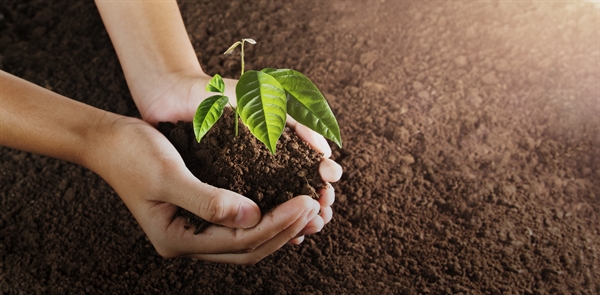
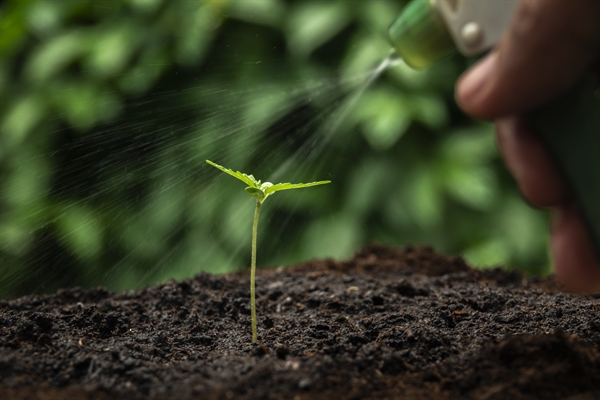
In Stockbridge, GA, Darnell Bartlett and Nevaeh Poole Learned About How To Pick Up Grass Clippings
Turf specialists frequently advise “topdressing” yards with a thin layer of compost. The material is spread one-quarter to half inch thick in spring or fall, depending on regional climate and soil. * Compost enhances the moisture-holding capacity of the soil, adds nutrients, and feeds soil microorganisms. These microorganisms are essential to the complicated process that makes food available to lawn plants.
Garden compost spread on top of thatch can likewise speed thatch decay and remove the labor of mechanical elimination. However there is a problem: Garden compost quality differs. Whether you buy it by the bag, select it up at the municipal leaf dump or have it provided by the backyard, how can you know that it is “great” compost? Consider these questions: Is it at the completed stage?Does it consist of unwanted components such as dyes or constructing materials?Are there viable weed seeds in the material?Could it have pesticide residues? The moms and dad materials and the composting procedure both affect the quality of the last product.
” That is to utilize garden compost that has undergone compost-specific screening.” Recognizing the problem this creates for consumers and the land care market alike, the USCC started the Seal of Testing Guarantee (STA) in 2000. STA is a screening, labeling, and disclosure program created to bring visibility into the world of garden compost sales.
STA takes a look at 14 compost attributes including raw material, salts, p H, major nutrients, pathogens, metals, stability, and maturity. Rattie states among the biggest issues is the existence of pesticide residuals. Well-made garden compost, however, carries little of this threat. “An appropriate composting system damages the frustrating bulk of pesticides and herbicides,” says Rattie.
” The majority of STA participants sell in bulk through regional landscape supply lawns, garden centers, and through direct sales,” says Rattie. USCC uses several resources to discover STA garden compost and a calculator to help identify the amount: Discover a list of 200+ STA participants See Purchase Compost.com and use the USCC’s compost calculator on the upper right of the homepage.
” Bagged compost products just one cubic foot of material,” he states. “It takes 27 bags to get one cubic backyard. Do the math!” When we utilized the compost calculator offered by the USCC at Buy Compost.com, we discovered that a one-quarter inch layer on a quarter-acre yard (10,000 square feet) needs 7.7 cubic lawns or 5.9 cubic meters of compost.
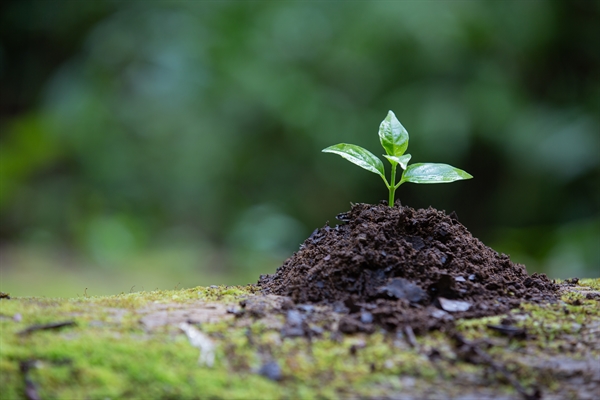
” Golf course and ball park superintendents having actually been using this strategy successfully for many years,” he says. Compost is spread in spring or fall, but there are necessary nuances. In cool-season locations, the spring application is typically lighter and the fall application heavier. In the south, topdress warm-season turfs in early spring.
Just put, compost is decayed raw material but that does not discuss much. To a romantic, garden compost is the really essence of life. The living element of the soil responsible for a myriad of the most superb and complex procedures known to male. Organisms nourishing organisms all the way up the food cycle from basic bacterium to crops to human beings, none of it possible without decomposed raw material: compost.
In 30815, Haylie Nash and Kimberly Arnold Learned About Picking Up Grass Clippings
It is the stuff of life, bristling with microbes that become part of the nutrient cycle of plants. Garden compost can be made little scale; in a yard or beneath a sink, or big scale; in huge windrows turned by front-end loaders or other customized equipment. In any case, it is everything about disintegrating raw material up until all that is left is a rich, dark, musty, practically fragrant substance with the consistency of potting soil.
Hay, straw, fish gurry, animal manure, branches, tree bark, and seashells are typically used to comprise the structure of compost. The compost is usually combined 2 parts dry product (bark, leaves) to one part wet or green product (turf clippings, fish gurry) and left in either containers, stacks or windrows to break down.
Decaying garden compost needs to stay uniformly wet but not wet. Depending upon the kind of composting system, it can take anywhere from a few months to a year or more to end up the process, sometimes referred to as “cooking.” Actively decaying compost is said to be cooking since temperature levels can reach anywhere from 120 to 160 F.
Caution Garden compost is not thought about appropriately cooked unless it has actually reached these heats enough time to decontaminate weed seeds and get rid of harmful germs found in some manures. Ultimately, more complicated organisms like amoeba and nematodes take in the easier bacteria and fungis, the pile begins cooling while the nutrients in the garden compost become more and more focused from their waste products and further decomposition.
Compost that is not entirely completed can have an ammonia smell to it and may not deliver the desired effects or it can even hurt the plants as it continues to prepare. It’s the microbes in compost that give it its magic. Millions of microorganisms go to operate in the soil, biking nutrients and making them offered to be taken up by the plant.

Garden compost is likewise filled with micronutrients and other complicated biology that is very beneficial for plant development. Compost adds life to the food web, eventually leading to healthier yard. Good quality compost contains a high percentage of completed raw material with the rest being made up by smaller incomplete organic matter like wood chips, sawdust, seas shells and mulched leaf matter.
Garden compost can be spread out manually with shovels by using a tossing action to attempt and achieve a layer about 1/4″ thick. It can be smoothed out with a rake to blend it in a little much better and after several days it will not even be obvious on the surface of the yard.
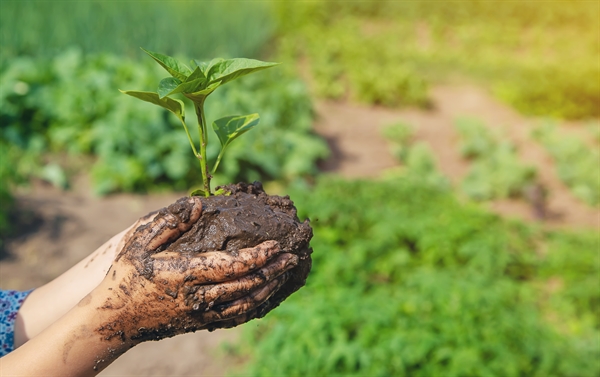
Applying the compost right away after seeding and aerating is an excellent way to incorporate the compost straight into the soil and supply a jump start for seedlings. Simply doing this once or two times a year will benefit the yard more than lots of quick-fix products that are practical however not constantly the very best option.
In 44095, Kyson Robbins and Lyric Hines Learned About Grass Clippings Mulch
Preferably, a yard would be topdressed with compost numerous times a year however a composting program will eventually be determined by time and money. The target for a composting program need to for a yard’s soil to consist of 5% raw material. It appears like a percentage however it can take years to build up in specific soils.
As soon as organic matter begins to develop up in the soil, topdressing can be cut back to once or twice a year. Likewise, the requirement to fertilize and water the lawn will begin to decrease as the soil begins to provide optimum growing conditions for turf. Weed, pest and illness pressure will decrease too, resulting in expense savings over the long term as the work of the healthy soil changes the life assistance system of synthetic fertilizers and chemical pesticides.
Home & Garden Green Living How to Top-Dress Lawns with Garden Compost By Cathy Cromell, The National Gardening Association If you have actually gone through the effort of making rich garden compost of your own, you can utilize it to top-dress your yard for thicker, much healthier yard. You can use garden compost to top-dress both brand-new and existing yards.
Top-dressing is specifically handy in dry environments or during dry or breezy spells, where the soil and seeds quickly dry out within hours. (If a germinated seed dries, it’s a goner.) On an existing yard: Top-dressing with compost might also revitalize existing lawns. Lawns frequently end up being compacted in time from foot traffic, play, and mowing, which avoids air, water, and nutrients from flowing freely through the turf’s root zone.
To core aerate a little patch of grass, utilize a specialized foot press that you can discover at your local house and garden shop. For large yards, rent a maker from an equipment supply business or employ a yard maintenance firm. When top-dressing with compost, you ought to just utilize evaluated compost or garden compost with particle sizes of 3/8-inch or less.
Also, make sure to top-dress with garden compost that’s ensured complimentary of weed seeds, or you might be sowing a future weeding headache into your yard! No matter where you live, the finest time to aerate and top-dress your lawn is when it is most actively growing. This permits the yard to intensely rebound after having holes punched in it.
Avoid aerating these turfs throughout summer season’s intense heat, which might worry roots. Although some development takes place in early fall, these kinds of turfs go semi- or totally inactive as weather cools, making recovery after a late aeration more stressful. Likewise, early aeration promotes much better penetration of summer and fall rains through the soil when it’s most beneficial for growth.
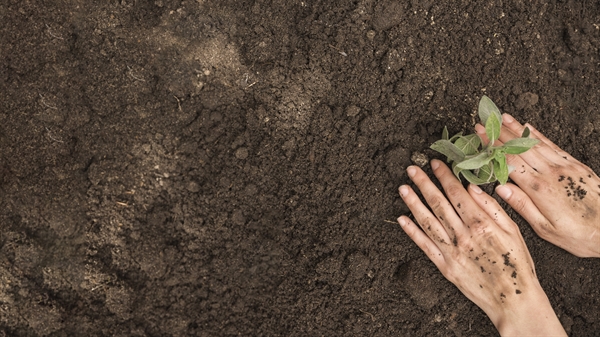
If you live in a warm environment that permits year-round yards, you have various alternatives. The finest time to aerate and top-dress is early to mid-summer when your warm-season yard (such as Bermuda grass) is actively growing. You must also use garden compost top-dressing (without aeration) after overseeding your summer season yard with a cool-season lawn (such as ryegrass) in the fall.
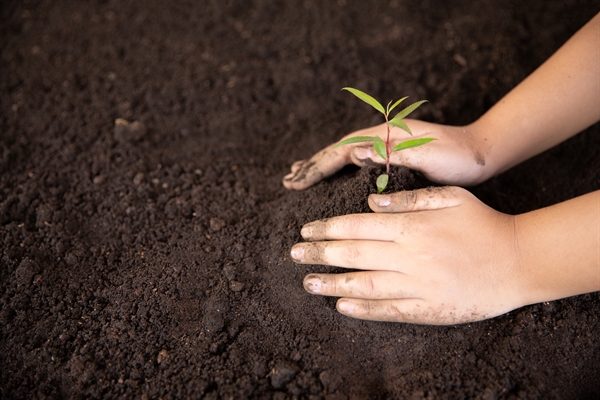
In 33442, Kadence Cantu and Kade Harmon Learned About Machine To Pick Up Grass Clippings
The arrival of summertime advises us that it’s not too late to nourish your lawn the healthy way with natural compost from World Natural. As lawn-spraying services broaden their grip on suburbia it is very important to remember that utilizing organic practices to encourage turf in your yard safeguards your family pets and household from hazardous chemical fertilizers and herbicides.
It will significantly increase useful microbial activity in your soil, benefiting your lawn even more. And it’s an excellent way to deal with the areas in your lawn that are thin, brown and unhealthy. From Organic Lawns, Healthy Soil: “Established yards benefit significantly from a single annual application of compost, a lot more significantly from two.
Depending on your lawn’s size, a wheel barrow and a shovel might be the very best method to distribute garden compost around your backyard, followed by an excellent raking (a push broom will likewise work) to disperse it more uniformly. Though hard to discover and bothersome to utilize efficiently, a garden compost wheel or peat spreader can distribute garden compost across little backyards though they can be challenging to push and need to be filled up often.
Garden compost needs to be spread no greater than a half-inch deep. The idea is not to bury turf blades, smothering them and keeping them from sunlight. If that means less than a half-inch of garden compost, then decrease your application. You desire lawn blades exposed to oxygen and sunshine. Using compost to problem areas will likewise help treat them.” Including garden compost will help your lawn’s soil keep moisture during the long hot months of summertime, keeping your lawn greener longer.
Do Compost: Lawn clippings, leaves, stalks, dead plants, twigs up to pencil size, and most weeds. Don’t Compost: Weed seeds and invasive weeds like ivy (they resprout!), unhealthy plants, family pet waste, clippings treated with weed or bug killers, or food waste. Rather, try the rodent-resistant techniques explained in Food Waste Composting.
It takes 6 to 12 months for soil creatures to alter many yard waste into completed compost. For faster composting, keep your pile as moist as a wrung-out sponge. Chop up stalks and twigs. Mix “green” materials like turf clippings with “browns” like fall leaves and stalks. Sign Cause Option Bad smells Stack too wet, no air, or consists of food or animal waste Turn pile.
Get rid of food. Pile is dry Not sufficient water Turn pile. Include water to keep as wet as a sponge. Moist enough, but sluggish composting Not enough “greens” Turn stack. Include “greens” like grass, plants, or manure Slimy grass, ammonia odor Too much fresh lawn in pile Leave clippings on yard, rather of composting.
Stack shrunken, however looks un-decomposed Top too dry, ended up garden compost is at bottom Harvest ended up garden compost from bottom. Start brand-new stack with un-composted material. Contact the experts at the Garden Hotline at (206) 633-0224 (language analysis offered) or at Garden Hotline. Composting at Home Guide (pdf) – Request a free copy.
In Olive Branch, MS, Riya Norman and Damian Pennington Learned About How To Pick Up Grass Clippings
Garden Compost Resource List (pdf) – Lists bin suppliers, tools, and more. Composting Questions & Answers (pdf) – Responses to some common concerns. Tilth Alliance – Provides classes in composting and natural gardening, and home-made compost bin plans.